| In vitro: |
| J Pharm Pharmacol. 2013 Feb;65(2):292-9. | | Phyllanthin and hypophyllanthin inhibit function of P-gp but not MRP2 in Caco-2 cells.[Pubmed: 23278697] | The purposes of this study were to investigate the inhibitory effects of two lignans, Phyllanthin and hypoPhyllanthin, on the function of P-glycoprotein (P-gp) and multidrug resistance protein 2 (MRP2), using the in-vitro model of Caco-2 cells. In addition, the effect of prolonged exposure to these two compounds on the expression of active P-gp was also determined.
METHODS AND RESULTS:
The activity of P-gp and MRP2 was determined in the uptake assays by monitoring the intracellular accumulation of their specific substrates (calcein acetoxymethyl ester and 5(6)-carboxy-2',7'-dichlorofluorescein diacetate, respectively) with fluorescence spectroscopy.
HypoPhyllanthin and Phyllanthin inhibited P-gp function with comparable potencies, but neither compound affected MRP2 activity. When the lignans were washed out before addition of substrate, the inhibitory action of both compounds against P-gp function was lost. These results suggested the reversibility of the inhibition. Moreover, prolonged exposure of the Caco-2 cells to both lignans (up to 7 days) had no effect on P-gp function.
CONCLUSIONS:
Phyllanthin and hypoPhyllanthin directly inhibited P-gp activity and did not interfere with MRP2 activity. It was likely that both Phyllanthin and hypoPhyllanthin could reversibly inhibit P-gp function. | | Chem Biol Interact. 2009 Oct 30;181(3):351-8. | | Isolation, characterization and antioxidative effect of phyllanthin against CCl4-induced toxicity in HepG2 cell line.[Pubmed: 19576190] | The present study was an attempt to investigate the hepatoprotective and antioxidative property of Phyllanthus amarus (P. amarus) extract and Phyllanthin.
METHODS AND RESULTS:
Phyllanthin, one of the active lignin present in this plant species was isolated from the aerial parts, by silica gel column chromatography employing gradient elution with hexane-ethyl acetate solvent mixture. It was obtained in high yields (1.23%), compared to reported procedures and the purity was ascertained by HPTLC and reversed-phase HPLC analysis. Characterization of Phyllanthin was done by mp, UV-Visible spectrophotometry, elemental analysis, FT-IR, 1H NMR, 13C NMR and mass spectral analysis. Free radical scavenging activity of P. amarus extract and Phyllanthin was also examined using DPPH assay. The protective effect of P. amarus extract and Phyllanthin was studied on CCl4-induced toxicity in human hepatoma HepG2 cell line.
CONCLUSIONS:
The results indicated that CCl4 treatment caused a significant decrease in cell viability. In addition, the toxin treatment initiated lipid peroxidation (LPO), caused leakage of enzymes like alanine transaminase (ALT) and lactate dehydrogenase (LDH) with a significant decrease in glutathione (GSH) levels. It was observed that Phyllanthin effectively alleviated the changes induced by CCl4 in a concentration-dependent manner, with much smaller strengths as compared to P. amarus extract. |
|


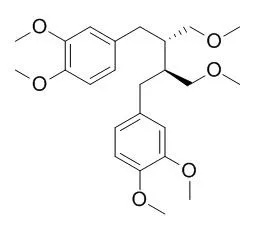

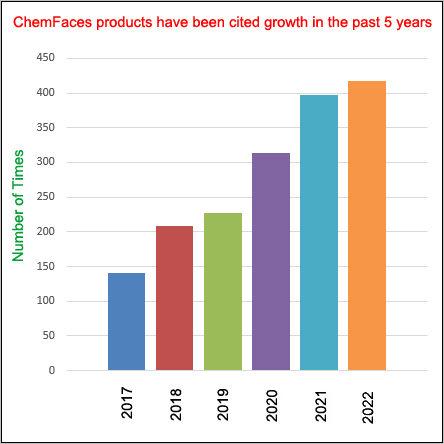
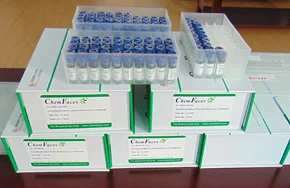
 Cell. 2018 Jan 11;172(1-2):249-261.e12. doi: 10.1016/j.cell.2017.12.019.IF=36.216(2019)
Cell. 2018 Jan 11;172(1-2):249-261.e12. doi: 10.1016/j.cell.2017.12.019.IF=36.216(2019)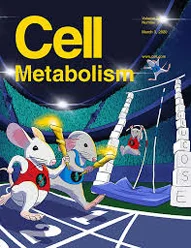 Cell Metab. 2020 Mar 3;31(3):534-548.e5. doi: 10.1016/j.cmet.2020.01.002.IF=22.415(2019)
Cell Metab. 2020 Mar 3;31(3):534-548.e5. doi: 10.1016/j.cmet.2020.01.002.IF=22.415(2019)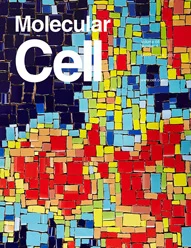 Mol Cell. 2017 Nov 16;68(4):673-685.e6. doi: 10.1016/j.molcel.2017.10.022.IF=14.548(2019)
Mol Cell. 2017 Nov 16;68(4):673-685.e6. doi: 10.1016/j.molcel.2017.10.022.IF=14.548(2019)